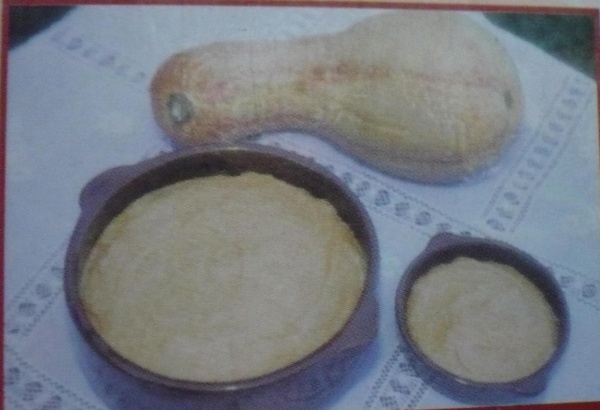Facts About Kiveve
Quibebé, also known as kivevé or quibebe, is a cherished dish in the culinary traditions of Paraguay, Northeastern Brazil, and Northeastern Argentina. This semi-sweet winter squash stew or purée is made from a specific type of pumpkin locally referred to as "andaí" or "zapallo anco" which belongs to the Cucurbita moschata species. These pumpkins can be either elongated or spherical, and their colors vary from green to orange to reddish. Inside, the pulp is orange, firm, and sweet.
Historically, quibebé was a staple in Buenos Aires and its surrounding areas until the 19th century. The origins of this dish can be traced back to the Guaraní-Jesuit Missions, where it initially gained popularity.
To prepare traditional kivevé, you start by cooking and pureeing the pumpkin. Then, you add sugar, cornmeal, and fresh cheese to the mixture. It is typically served either warm or cold, and diners can add milk to taste. The preparation involves boiling the pumpkin, pureeing it, and then blending it with sugar and cornmeal until everything is well-cooked. Fresh cheese is added towards the end to enhance the flavor.
The name "kivevé" derives from the Guaraní word for a reddish color, reflecting the deep orange hue of the pumpkin used in the dish. Interestingly, in local slang, "kiveve" can also refer to redheaded individuals. This delightful dish is often enjoyed as a sweet snack or dessert and has a rich tradition of being cooked in clay pots.

 Brazil
Brazil